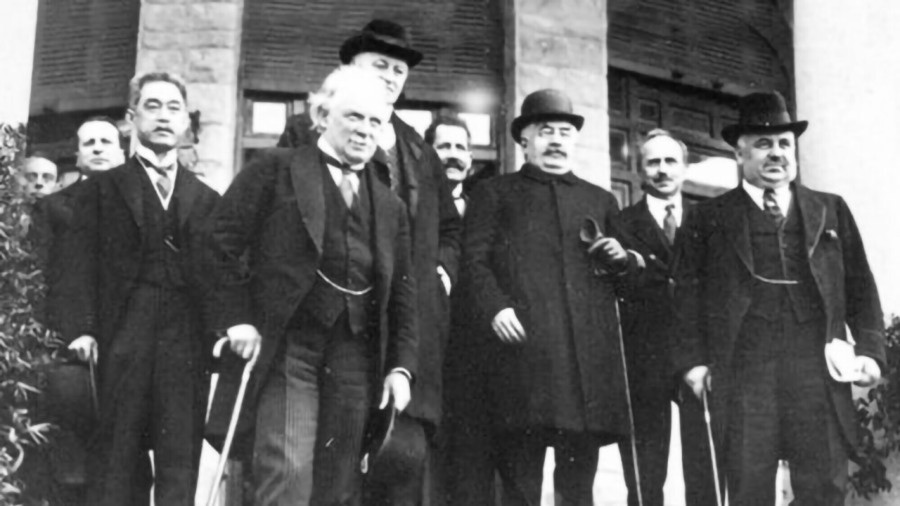Readers will remember that back in December, I wrote an essay arguing that the hype around the centenary of the San Remo conference of 1920 was overblown and unjustified. Some people were claiming that San Remo, an event unknown to many Israelis and supporters of Israel, not only laid the legal foundation for Israel, but even pre-authorized Israel’s extension of its sovereignty over the Land of Israel up to the mandate borders. I showed why, in the past, the Zionist movement, and later Israel, never entertained this interpretation, for good reason.
Legal scholar Eugene Kontorovich decided to take up the challenge. Over at Mosaic, you can now read his response to me, and my rejoinder to him. Go here, read and decide.
I’d just add that while Kontorovich and I share a lot of commitments, we have two very different vocations. He is an advocate, a legal scholar making a case for a present purpose. I am a historian, seeking to establish the truth about the past. My mentor, the late Bernard Lewis, described the difference:
The advocate follows an honorable calling, at least when his character is clear and undisguised. Advocacy is not confined to courts of law. The writer who sets forth a version of events designed to convince an invisible judge and jury of the rightness of his client’s cause is also an advocate, whether his client be a party, a nation, a class, a church, or a continent. From the clash of arguments truth may emerge; but the advocate is not primarily concerned with arriving at the truth. That is the business of the judge and jury. The advocate’s task is to state the best possible case for his client and to leave his opponents to state their own. His writings may be invaluable source-material for the historian. They are not history.
San Remo is an argument thrown up by certain advocates for Israel (or, in some cases, more narrowly, for certain Israeli policies)—legal scholars and lawyers like Kontorovich, Avi Bell, Jacques Gauthier, and the late Howard Grief. As Lewis wrote, it’s an honorable calling, and some of the San Remo advocates have brought interesting sources to light. But what they’ve produced isn’t history.
As a reader, your interest may be in hearing the best possible case for Israel, or in learning the historical truth. Sometimes these two align, and I’m always quick to celebrate when they do. But sometimes they don’t. The supposed miracle at San Remo is one instance where they don’t.

